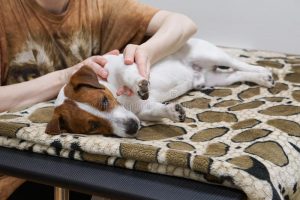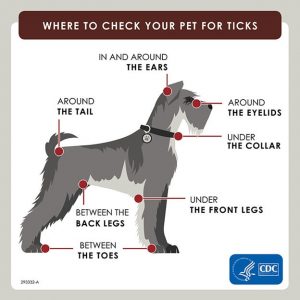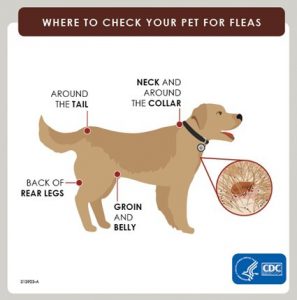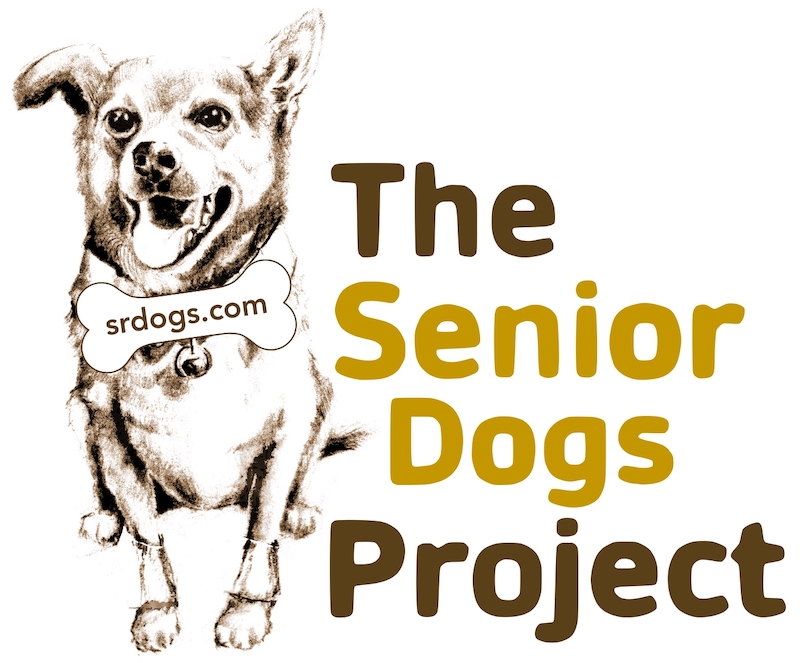The Hands-on Connection…The Power of Touch

Touch, touch, and more touch! We can’t emphasize enough the importance of putting your hands on your dog’s body. Touch keeps you and your dog connected emotionally, physically, and viscerally.
Of course you’ll give a pat on the head or ruffle your dog’s coat to say hi and to express affection. Deliberate, focused touch, however, is something else. It has the power to open a window onto your dog’s health. It’s an opportunity for you to find unwanted invaders on your dog’s body and to note other changes that might need prompt veterinary attention.
Dogs can’t verbalize what’s bothering them and, due to their survival instincts, don’t want to exhibit or “complain” about anything that might indicate weakness. It’s up to you to notice what’s different from normal or that feels/looks strange.
Your dog’s veterinarian always uses touch (or palpation) to check aspects of your dog’s health. But, since you live with your dog, you are on the front line of discovery. Your own hands-on investigation and input to your veterinarian are critical to alerting to a potential health issue.
Putting Your Hands to Work
Invaders – Ticks and Fleas
Here is a great illustration that will guide you to checking your dog for ticks:

The following illustration guides you to checking your dog for fleas:

Both hands and eyes are needed for tick and flea checks, especially for dogs with long hair or thick coats. Your hands need to get through the fur to the skin, where you’ll feel for bumpiness or a scaly texture. Then you can visually examine what’s going on.
Even if you use the flea-and-tick medication your veterinarian has recommended, it’s still possible that your dog will attract fleas or ticks from time to time. There is no guarantee of total protection because these parasites are resilient and persistent.
More information on tick and flea control right here on the srdogs site…..
Getting a Baseline on Lumps, Bumps, and Swellings
Age often brings irregularities in the form of lumps and bumps in the skin of many senior dogs – most of which won’t be problematic. Once you’ve established with your veterinarian that the lumps and bumps you feel aren’t of immediate concern, you can check them on a regular basis. If you notice any of them getting larger, bring them to your veterinarian’s attention.
Just like humans, dogs’ bodies have individual irregularities. A leisurely but focused run with your hands over your dog’s whole body on a regular basis will make you familiar with your dog’s particular anatomical differences. Once you’ve established a baseline of what’s “normal” for your dog, your hands will tell you if something changes or should be of concern. For example, there are lymph nodes in your dog’s neck, just under the jaw. If your hands feel a difference that seems to be a swelling in that area, you’ll want your veterinarian to check on it right away, since lymph nodes can be a sign of infection in the body, among other issues.

Most important!!
Remember to enjoy your hands-on time with your dog. It’s not just about finding “issues” – of equal importance is the bonding that will be going on between you during your hands-on sessions.
